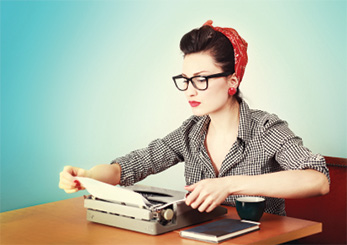My first exposure to sales was selling computers at a Gateway Country Store. I made mistakes that many untrained salesmen make. I talked about the computer’s video card, the hard drive, and processor speed. In other words, I talked about the features.
But I didn’t understand something crucial. Customers wanted to know what the computer and software would do for them. Would he be able to play games? Would her computer have a printer? Would he be able to watch a movie? Would she be able to send email?
I learned to ask better questions and then listen. The knowledge that came from listening to my customer was crucial. With better information, I could recommend a computer with the features that mattered. (For instance, I wouldn’t want to sell a gaming computer that came with an integrated video card). I could show how those features gave the customer what he was looking for. And how the customer would benefit.
My next exposure to sales was door-to-door sales. I sold high end pressure washing and house painting work.
Leaving an advertising flier in a paper box or on a door mat was a waste of time and money. People don’t read fliers, door hangers, or other advertising left at their houses. Instead, I knocked on the door, introduced myself, and handed the owner a flier. This often resulted in a warm sales lead.
I believe this worked for three reasons.
- The personal interaction.
- The homeowner was already interested in having the work done. I was tapping into that desire.
- I happened to show up at the right place at the right time.
I’ve written a short book about this. The book targets blue collar professions. People who are in door-to-door sale might also benefit. It is available through Amazon as How I Went From Failure To Success In Selling.



